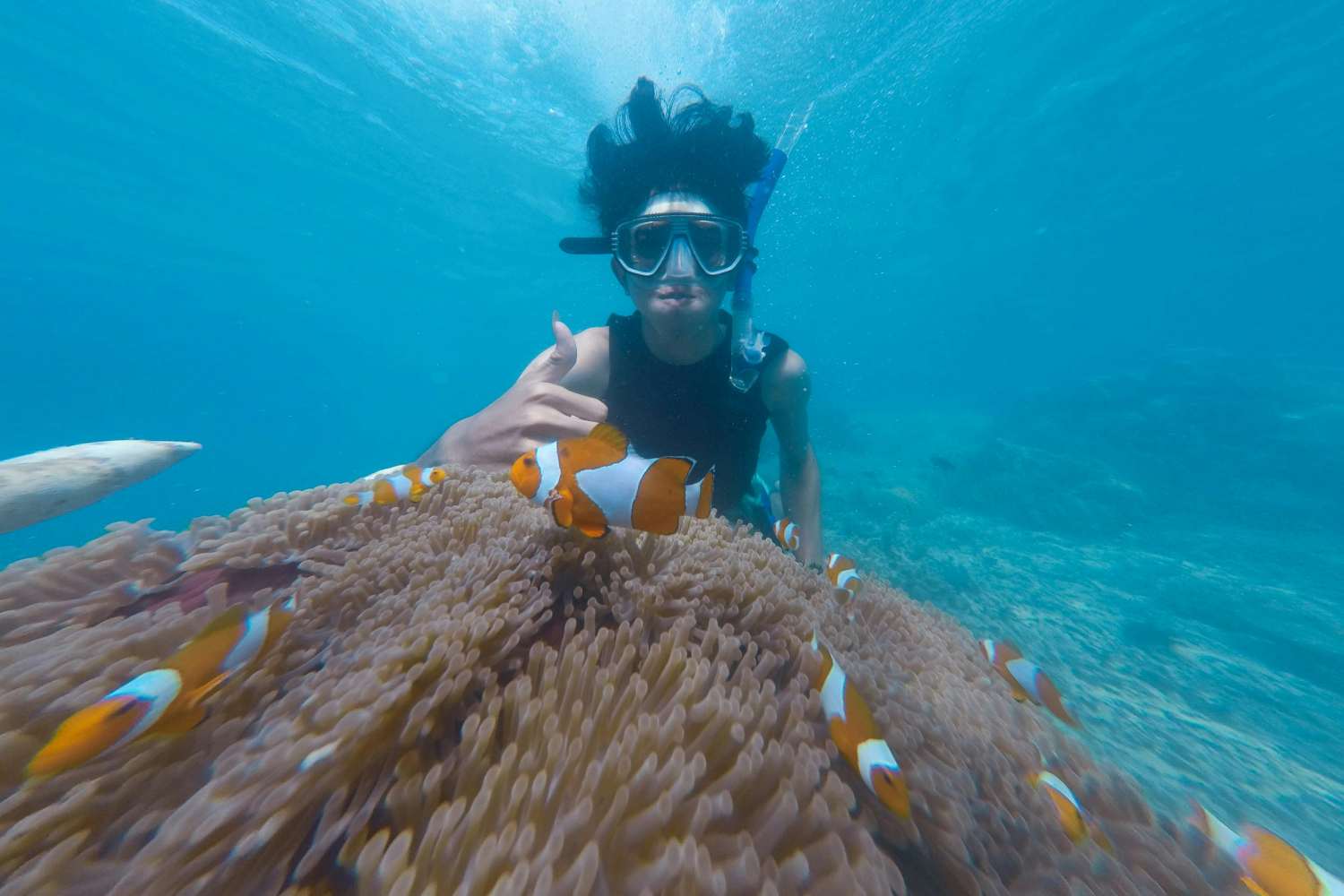Wild fish are able to distinguish people based on their appearance, according to a study conducted by the Max Planck Institute of Animal Behavior in Konstanz

@Bagus Tri Kuncoro .J/Pexels
Deep within the Mediterranean, off the coast of Corsica, a group of scientists has found that wild fish have an unlikely skill: the capacity to identify humans by facial recognition. In a groundbreaking experiment, researchers from the Max Planck Institute of Animal Behavior in Constance, Germany, conducted the experiment at the Stareso study station outside Calvi.
The results, reported recently in Biology Letters, shed new light on animal intelligence. The initial observation that prompted the experiment was the response of certain fish to divers.
The response that prompted the research
Scientists had noted that some fish liked to swim behind some people more than others, particularly if they were conditioned to being fed. To explore this further, they set up a three-stage study with the purpose of discovering whether or not the fish actually recognized individuals.
Experiment based on colors and equipment characteristics
Phase one: training the fish
In phase one, Katinka Soller, one of the researchers, spent almost two weeks training a group of 20 gilt-head breams to swim alongside her during dives. Through repetition daily and use of food, the fish within a short time learned to associate the presence of Soller with food. This confirmed the first hypothesis: the fish identified and responded to the presence of Soller.
Phase two: introducing a new researcher
The second phase introduced a new variable: another researcher, Maëlan Tomasek, took part in the experiment, using slightly modified diving gear from Soller. Initially, the fish appeared to follow both researchers indiscriminately. But after a while, they once more began to prefer the female researcher, suggesting that the fish were using visual cues to identify her.
Phase three: same equipment and no difference
In the third and final experiment, the two divers immersed using the exact same equipment. The fish now stopped differentiating between the two, dividing evenly between the two of them. This result proved that the fish were identifying the divers using color and the look of the diving equipment, rather than physical attributes such as face and shape.
Implications for fish cognition
According to the scientists, the capacity to distinguish individuals based on the visual information is comparable to the color vision that most fish possess. This also suggests that, with time, they will develop even more sophisticated methods to identify humans.
“Sometimes it almost seemed as if they were studying us, rather than the other way around,” Soller wrote.
This finding brings new insight into the mind and intelligence of wild fish, suggesting that their mental universe might be far richer than was realized.
Source: Biology Letters
